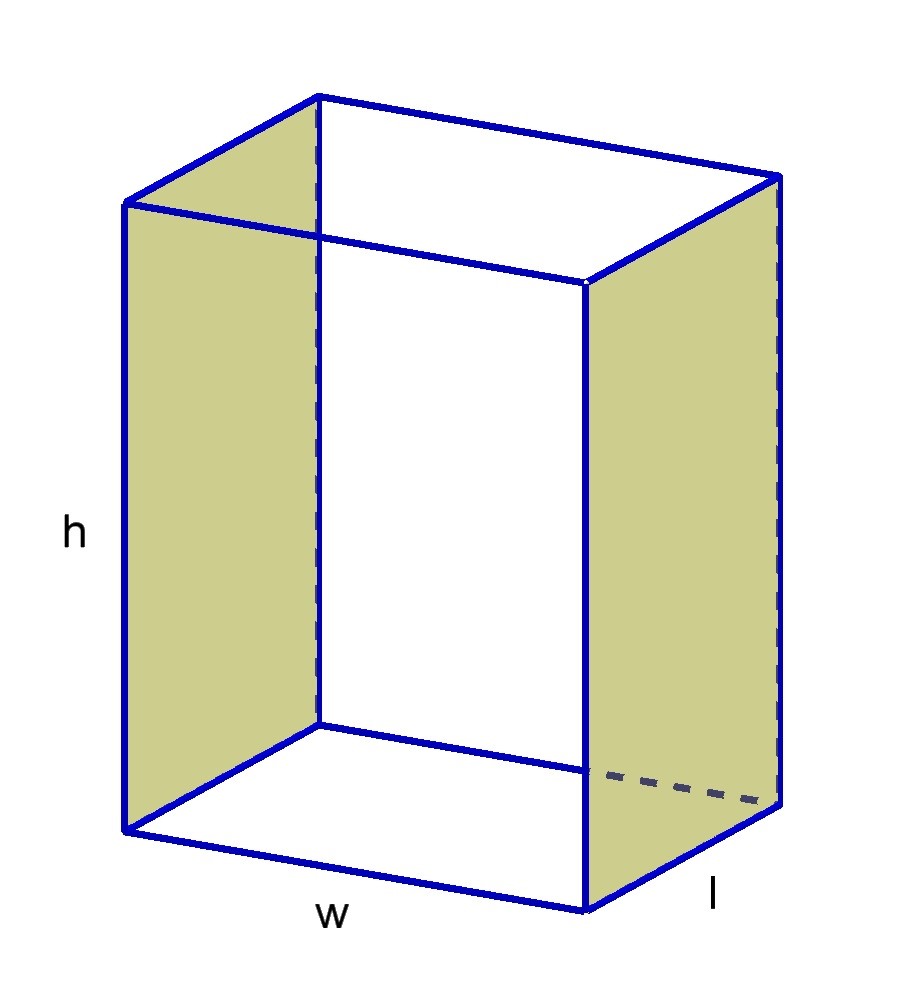What will happen to the surface area of a rectangular prism if all three of its dimensions are doubled? Tripled? Explain your answer?
1 Answer
Explanation:
.
The surface area of a prism is equal to the surface areas of the sides plus the surface areas of the base and the top. In a rectangular prism, all six surfaces are rectangles as shown below:

Since the area of a rectangle is equal to length X width, (
Surface Area of sides
Surface area of the base
Surface area of the top
Total surface Area =
If we double all three dimensions we get:
Doubling the dimensions makes the surface area
Tripling the dimensions makes the surface area

